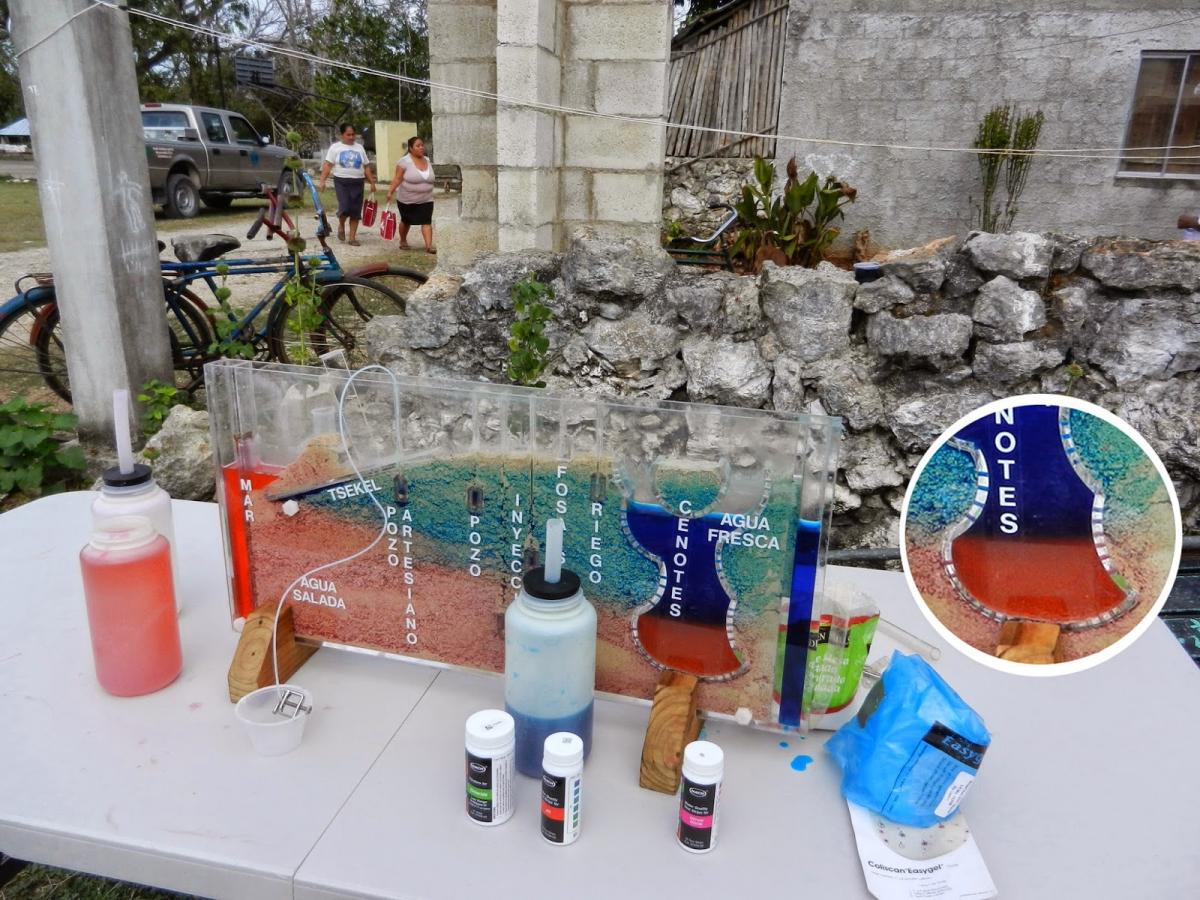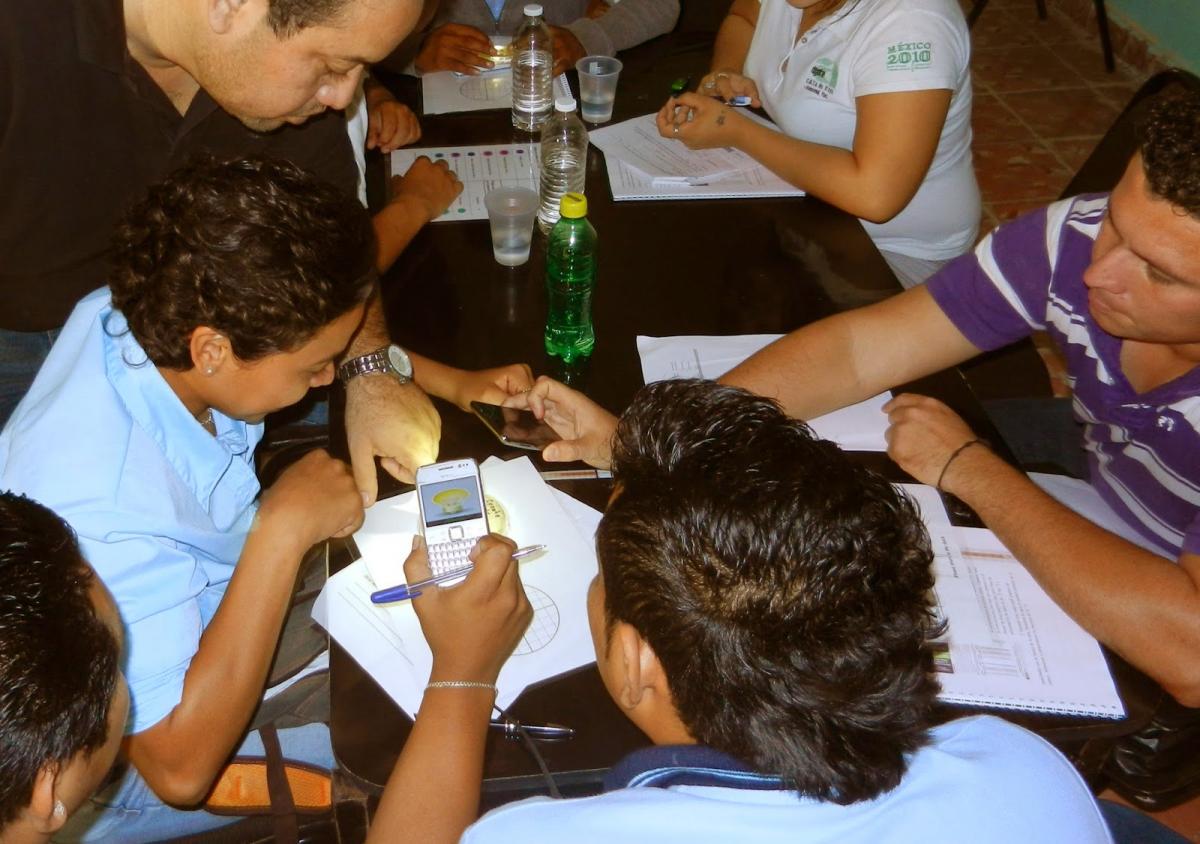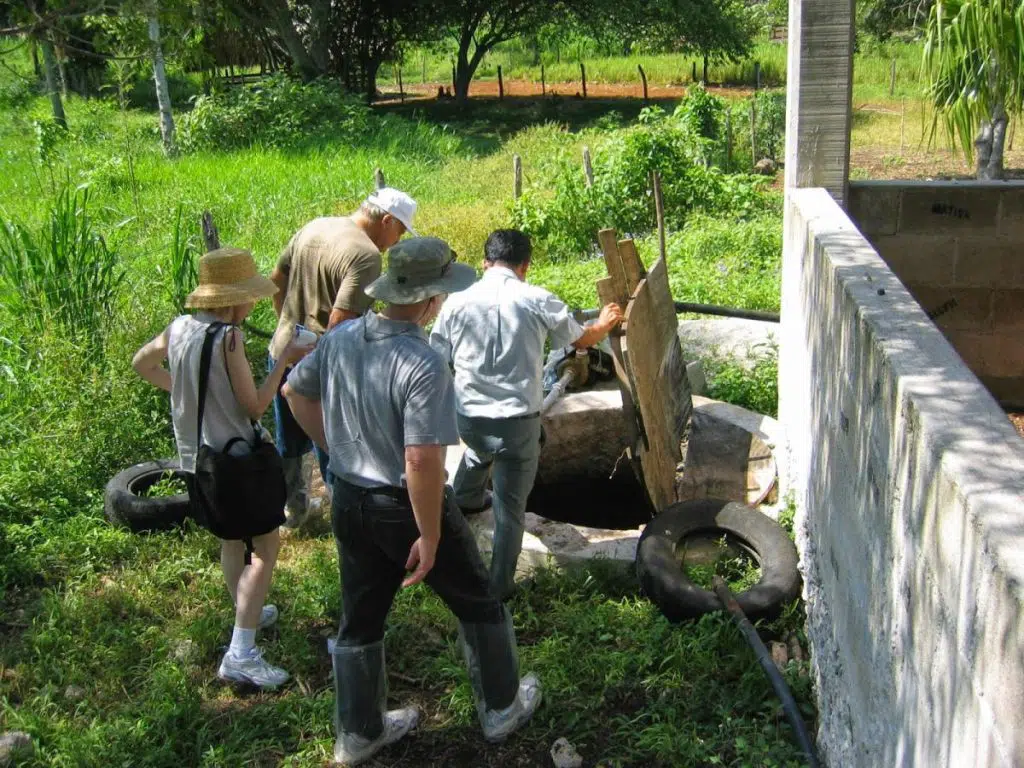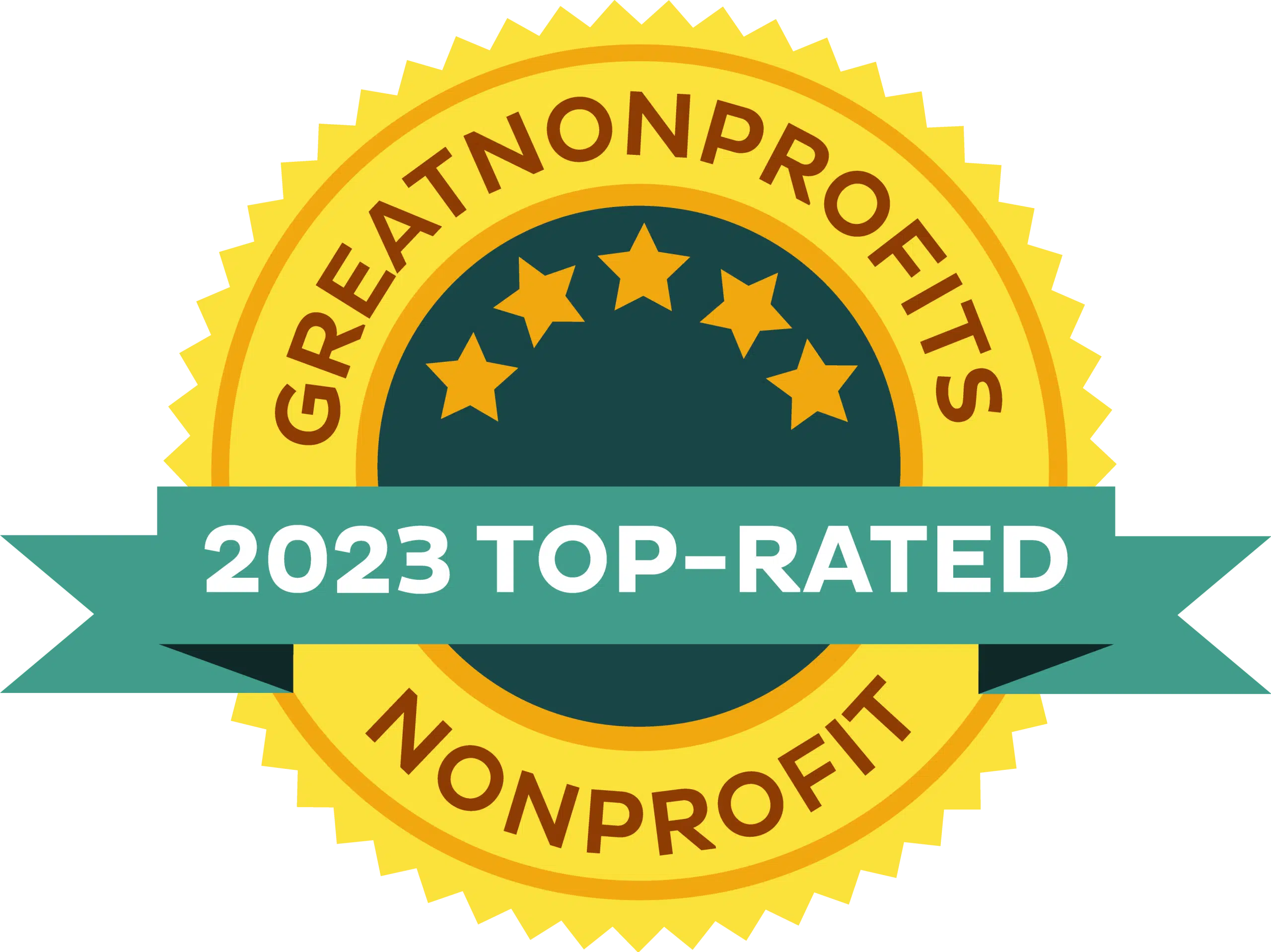In 2004, a former teacher at Iowa State University, Dr. George Beran, first recruited me for a Partners project. The project consisted of consulting farmers associated with an agroecological school and what may have been Mexico’s first consumer-supported agriculture (CSA) effort. I have actually been visiting the Yucatán Peninsula since 1994, when my wife began research in Quintana Roo State. We fell in love with the food, the music, and the great people – you know how it goes.
Over time it struck me that the Yucatán Peninsula and my home state of Iowa bear unexpected similarities. Iowa’s topsoil can be several feet thick, whereas in Yucatán you have to look between rocks to even find soil. But down below, the Peninsula is porous limestone. Northeast Iowa also has limestone bedrock, and it is in that part of the state that Iowans first realized the close connection between what washes into the ground and what comes out in springs and wells. In Yucatán we saw swine farmers flushing manure into a hole in the ground, a cruder version of the ag drainage wells that until recently dotted northeast Iowa. In the Peninsula, collection wells are used for every purpose from clearing the streets to receiving the untreated liquid fraction of the human waste of the entire population (1.8 M in 2004).
The porous limestone accepts whatever people dispose of, but it inevitably gives it back. Yucatecans living beyond municipal water lines can buy bottled water (a week’s supply costs a third of the daily minimum wage), or they can expose themselves and their children to things like nitrites (blue baby syndrome), E. coli and other coliform bacteria (dysentery), estrogen-like microcontaminants, and carcinogens. Municipal water systems remove bacteria but leave other contaminants.

We were fortunate to learn about the Education and Culture State Department funding mediated by Partners of the Americas. Two E&C grants allowed us to purchase water testing kits and three ground water flow models, the third of which was fabricated in Yucatán. Our in-country chapter members contributed home stays and other amenities that made the effort feasible and enjoyable.

The students loved the quick-tests, which gave them fast feedback about the water they brought to class. In both youth and adults I sensed a hunger to know what was in the water in their homes and communities. The demonstration models were popular with all audiences, allowing people to visualize and consider realities that may have been abstract previously. Students became the demonstrators of the model at public events and an environmental education center.
Like all our Partners projects, this could not have succeeded without the relationship between the domestic and in-country chapters. Each chapter is a source of collaborators for the other and a consultant on a culture and political environment that only natives can really grasp. We have seen how concrete projects provide a “shot in the arm” for both chapters, leading to stronger ties of friendship and…new projects.
Rick’s research was recently published in Natural Sciences Education, a publication by the American Society of Agronomy. You can read the abstract of the paper here.




